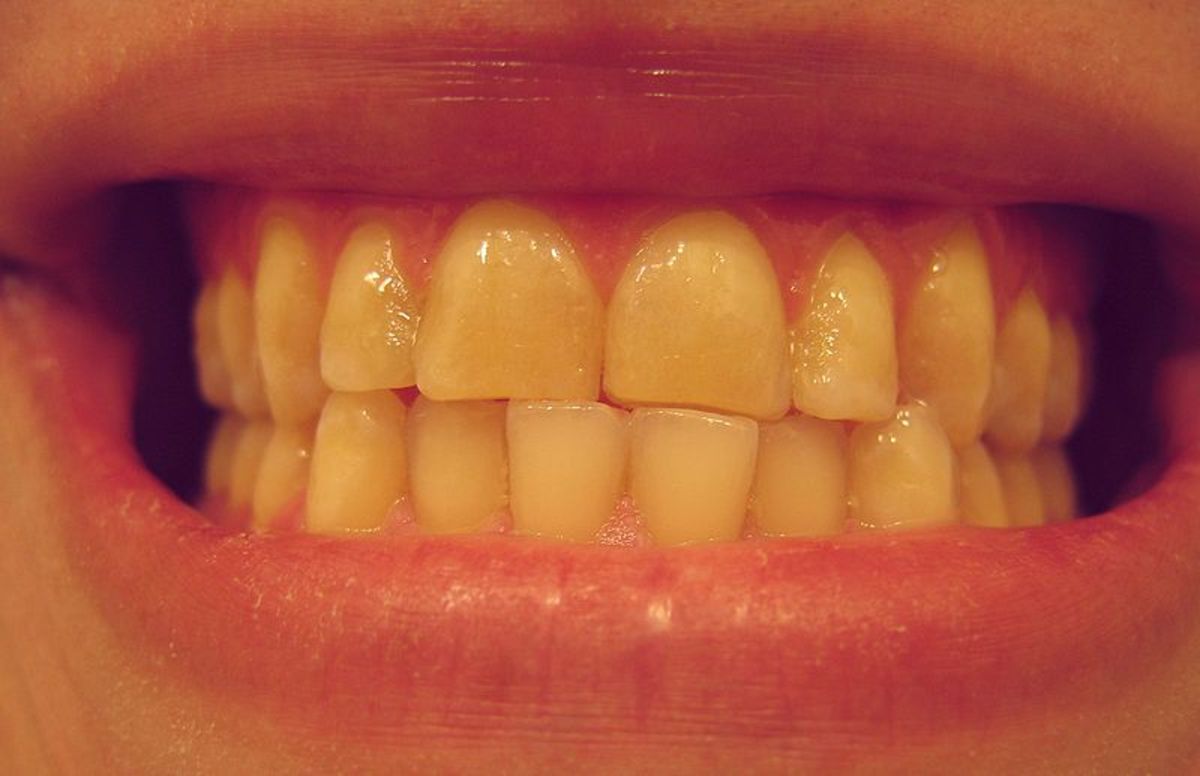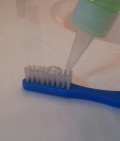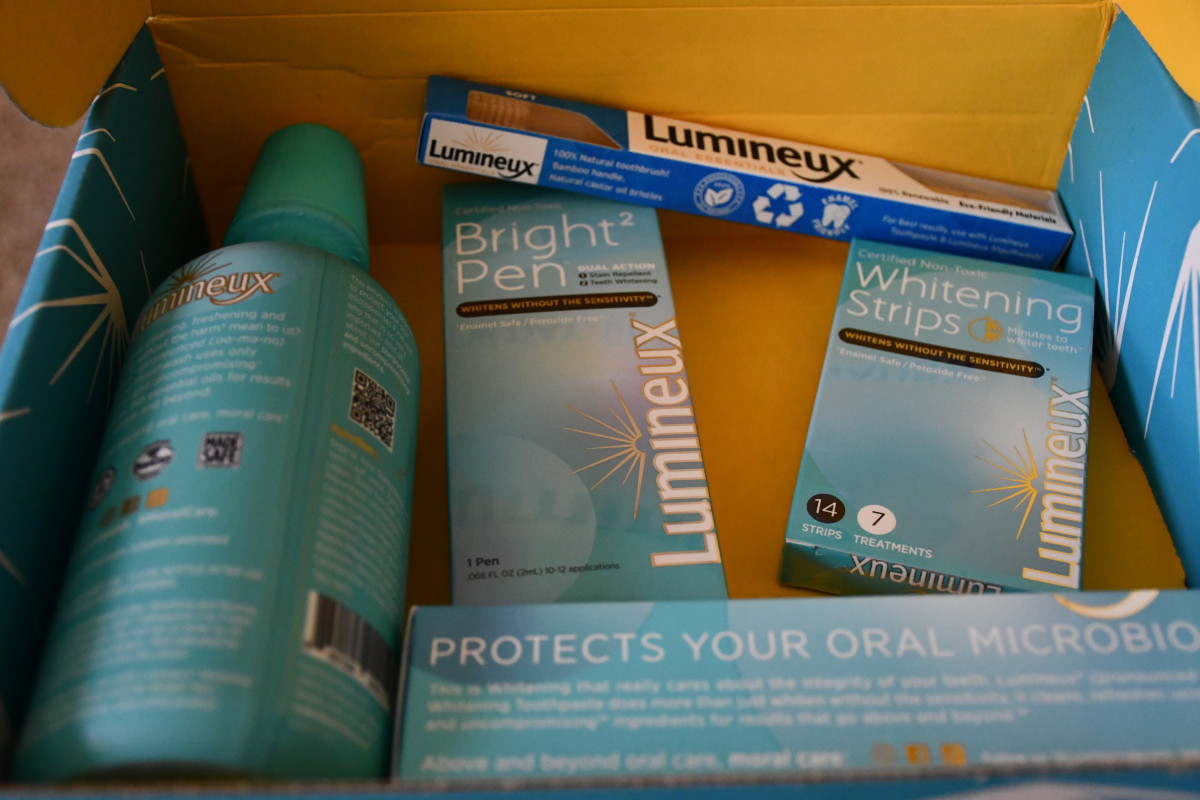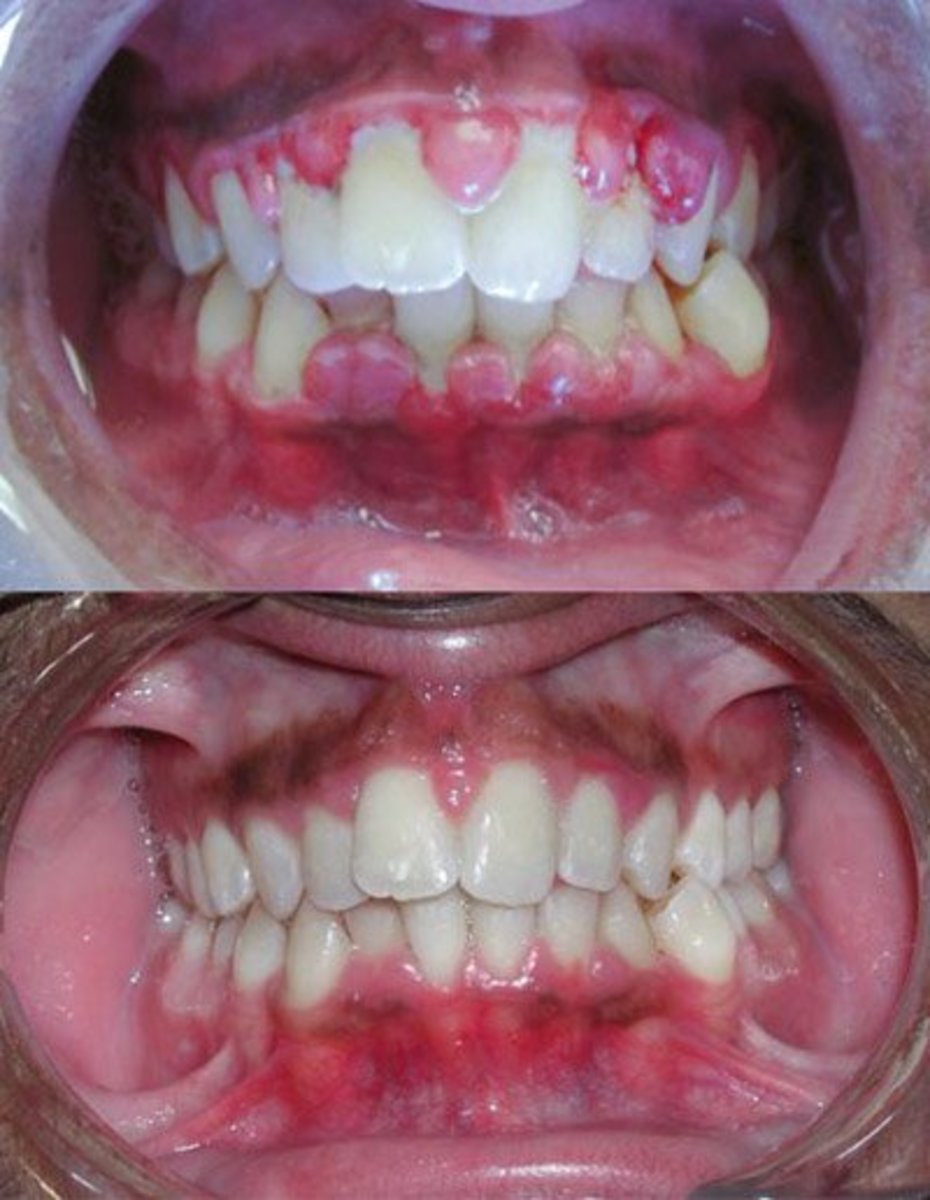Why your "whitening" toothpaste isn't going to work
Why isn't it working?
Your whitening toothpaste isn't working because it has abrasive qualities and not bleaching qualities. You might as well take sandpaper to your teeth and you would get the same results. If you don't smoke, drink mass amounts of coffee, black tea or dark sodas it would benefit you to stay away from this grit in a tube.
Now, the abrasiveness in certain toothpaste is not totally useless in a lot of cases. It does remove surfaces stains if you are prone to them. But if you are also prone to gingival recession, or erosion, I would suggest cutting the highly abrasive toothpaste out of your oral care routine.
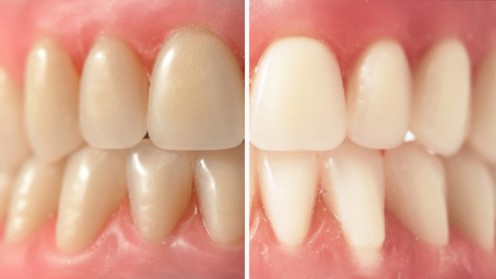
Recession? What's that?
Gingival recession happens when the gum and supporting bone inch away from where they are supposed to be attached to the tooth. When the gums recede, the root structure of a tooth become exposed.
So why is that bad? When the root of a tooth is exposed, it becomes more prone to decay (cavities) because there is no protective enamel. Teeth also become more sensitive to hot and cold because the roots of the teeth have a closer connection to the nerve. The technical term for this is through the dentin tubules. These tubules go straight to the nerve.
Skipping the technicalities, here's an analogy:
Picture yourself as a bare naked tooth and the gingiva (gums) are your favorite blanket. It's cold without your blanket, isn't it? KEEP YOUR BLANKET! Don't let your mean old toothbrush with his sidekick, abrasive toothpaste, take it from you.
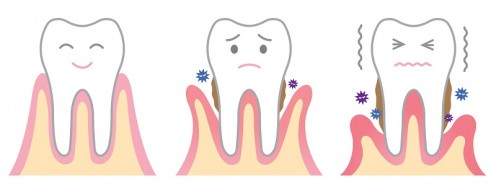
Now recession can be caused by not only abrasive toothpaste, but a big contributing factor is when people brush improperly, and with the wrong type of brush. The biggest mistake that some people make is thinking, "The harder I brush the more gunk I remove!" THIS IS WRONG! If you do this, STOP! More stain-causing plaque is removed with gentle circular motions and when brushed for a longer period of time. The ADA (American Dental Association) recommends a minimum of 2 minutes.
If you are currently brushing with a "hard" toothbrush, throw it out and go buy one that is labeled "soft." I highly recommend an electric toothbrush of sorts. They remove more in a shorter period of time. Your tooth blankets will thank you.
Well, I want whiter teeth! ... Don't I?
There is a way! If you feel like your teeth are less than white, you are probably self-conscious about them. Although, before I tell you how, maybe I can relieve some of your concerns.
Your teeth probably aren't as yellow as you think that they are. Below is a shade guide that dentists use to match to their patients' teeth.
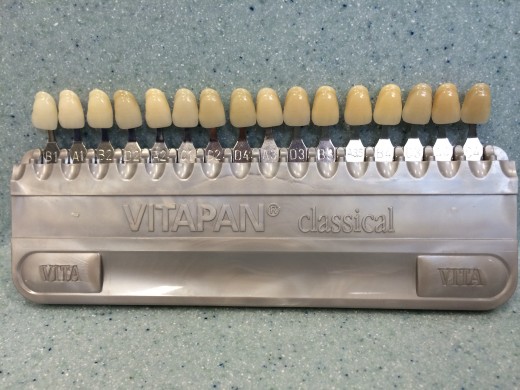
This shade guide is an accurate representation of the average tooth shade. The most common shade is an A2 or A3, which on this scale is the fifth and ninth shade from the left. Anything lower than an A2 is most likely achieved by bleaching the teeth. There are lighter shades out there, but usually, they need to be specially requested for anything lighter than an A1. These lighter, "white" shades, are only achieved by bleaching teeth regularly and in my opinion look very unnatural.
As you can see by the guide, your teeth are probably not as dark as others. These darker shades are incredibly common, especially in people over the age of 40. One would assume that an older person with incredibly white teeth had dentures in this day and age.
Now I am not saying that you shouldn't have lighter teeth; we live in a very image-conscious society nowadays and everyone wants a Hollywood white smile! Myself included. So what the best way to get there?
YES! I do want a whiter smile! How do I do it?
Bleaching of course!
First, let's learn a little bit about the anatomy of a tooth. Below is a diagram:
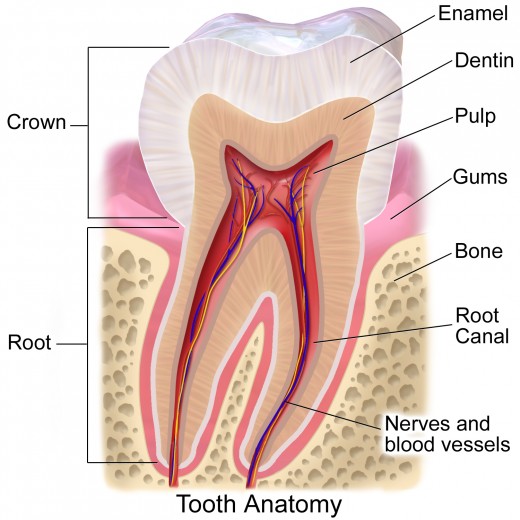
So you see the "enamel" which is the outer portion of the tooth? It's actually relatively clear! The enamel isn't what makes your teeth dark and yellow. The shade is really determined by the second layer, which is called the "dentin."
The dentin gets darker as we get older, which is why our teeth darken with age. When we bleach our teeth, we aren't whitening the surface. The "bleach" has to penetrate through the enamel to the dentin. If you have bleached your teeth before, you may have noticed that your teeth were a bit more sensitive than normal. This is because the bleach essentially enters the tooth through microscopic holes to the dentin which is just above the nerve of the tooth.
I know many of you probably don't care much about the science of teeth whitening, so I will get to the point. If you want whiter teeth you need to use a peroxide-based lightener. The best and safest way to obtain this is to visit your dentist and have special trays made to hold the peroxide gel. The trays are useful because the peroxide can burn the gums, and it is a very unpleasant experience.
Peroxide? That sounds familiar, right? It should! You probably have it under your bathroom sink. It's in a brown bottle labeled "hydrogen peroxide." It goes ~fizz~ when it interacts with blood.
You're thinking, "So why can't I just swish around with that for a few minutes instead of spending all my money on expensive whitening products?" Well, you could! Diluting it with a bit of water actually would benefit you if you are trying to prevent decay. Hydrogen peroxide kills decay-causing bacteria. But, you wouldn't see whitening results for a very long time. Peroxide needs to sit on the teeth for a few hours every day or every other day for at least 4 - 7 days in order for substantial results to be seen. Also, the stuff under your sink is not going to be as potent as the gel specifically made for the job.
The trick about peroxide is that it loses it's potency when it is no longer refrigerated. Which is why the best way to get it, is from your dental office. It is shipped from a refrigerated location and immediately put in your dental office's refrigerator. This is why the strips that you can buy don't work nearly as well. Yes, they contain a peroxide based ingredient, but who knows how long they have been sitting on a room temperature shelf.
This guy did an experiment at home to bust a few teeth whitening myths! I completely agree with everything he says.
Speaking of Myths...
I hate to burst anyone's bubble, but just about every tooth lightening myth is a LIE. Anything in the following list that corresponds with whiter teeth, please disregard and go to your dentist.
- Strawberries (This is claimed to work because it is acidic, and it can dry the tooth out making it temporarily whiter, this is actually really bad for your teeth because acids cause decalcification which leads to cavities!)
- Lemon Juice (Same thing here. It's an acid and you will have a mouthful of cavities if this is used on a regular basis.)
- Banana peels (This can be a gentle way to remove surface stains, but it will not change the color of the dentin.)
- Apple Cider vinegar (Another acid.)
- Charcoal (Just another abrasive substance.)
- Coconut Oil (There is no scientific evidence that this "oil pulling" will have any effect in whitening the teeth. It's just a hoax so that more people buy more coconut oil.)
- Baking Soda (This may make your teeth feel really smooth and shiny, but it is actually just acting as another sandpaper-like material and you are eating away your enamel with it. The "smooth feeling" is just a residue of baking soda left behind)
- Whitening gum (Most of these gums contain baking soda, which is why they are claimed to be "Whitening." We have already covered why baking soda doesn't work.
- Whitening toothpaste
- UV Light speeding up peroxide whiteners (There is no supporting evidence that the blue light speeds up the lightening process. It's just consumerism and we think it looks cool.)
So my toothpaste is a lie, what do I use?
I am glad you asked! You can use just about anything. Actually, you don't need to use toothpaste at all to remove plaque! All you need is your handy-dandy toothbrush. The only benefit that toothpaste gives you is a lovely minty flavor so that you don't taste the bacteria that has accumulated all day. Although, a toothpaste containing fluoride does benefit you to help fight decay.
I personally use the Sensodyne brand; it contains a trace amount of fluoride, it is not very abrasive and it closes the dentin tubules we talked about earlier. If you plan on bleaching your teeth, you definitely want to use a sensitivity fighting toothpaste at least a week or two before you use your bleaching gel. Otherwise, just the act of breathing may bother your poor teeth.

